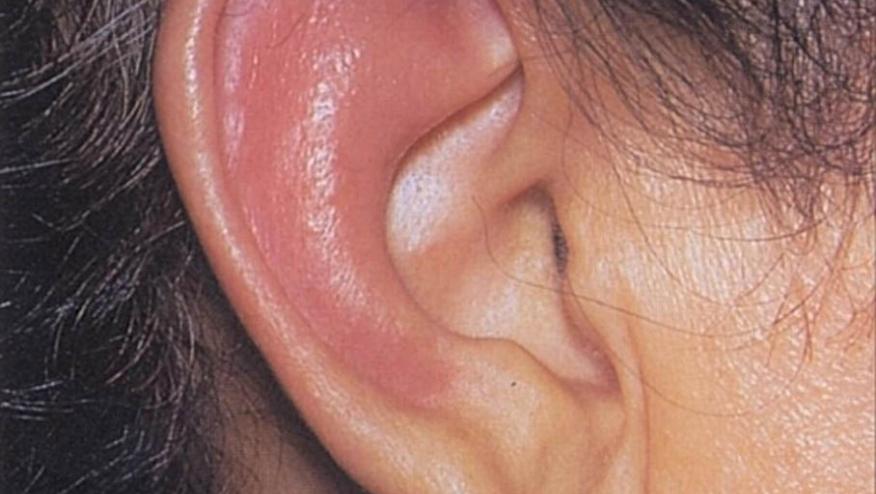Manifestations and Treatment in Relapsing Polychondritis Save

A large multicenter cohort study of Relapsing Polychondritis (RP) describes the clinical manifestations and treatment approaches to this rare, heterogeneous, multisystem disease.
Adults with RP were recruited into a multicenter observational cohort study. Clinical manifestations are described and treatments were categorized into three groups: group 1 was treated with glucocorticoids (GCs) or no drugs, group 2 was treated with nonbiologic immunosuppressive (IS) drugs excluding JAK inhibitors (JAKis) with or without GCs, and group 3 was treated with JAKis or biologic IS drugs with or without nonbiologic IS drugs or GCs.
A total of 195 RP patients were recruited and were predominantly female (86%) and White (89%), with a mean age of 49 years.
All had ENT or airway involvement, and 83% had musculoskeletal manifestations.
The multisystem nature of the disease revealed that all at least three clinical manifestations with median of 11 manifestations (range 3–19).
Organ damage was seen in 80 (41%) patients.
GC treatment was given to nearly all (95%) patients. Treatment patterns:
- Group 1: GCs or no drugs - 19%,
- Group 2: immunosuppressives (+/- GCs) - 28%
- Group 3: Biologics or JAKi (+/- GCs or IM) - 53%).
- Group 3 patients were more likely to have organ damage, arthritis, and subglottic stenosis.
The apparent absence of a consensus on treatment underscores the need for clinical trials and practice guidelines for RP.










If you are a health practitioner, you may Login/Register to comment.
Due to the nature of these comment forums, only health practitioners are allowed to comment at this time.